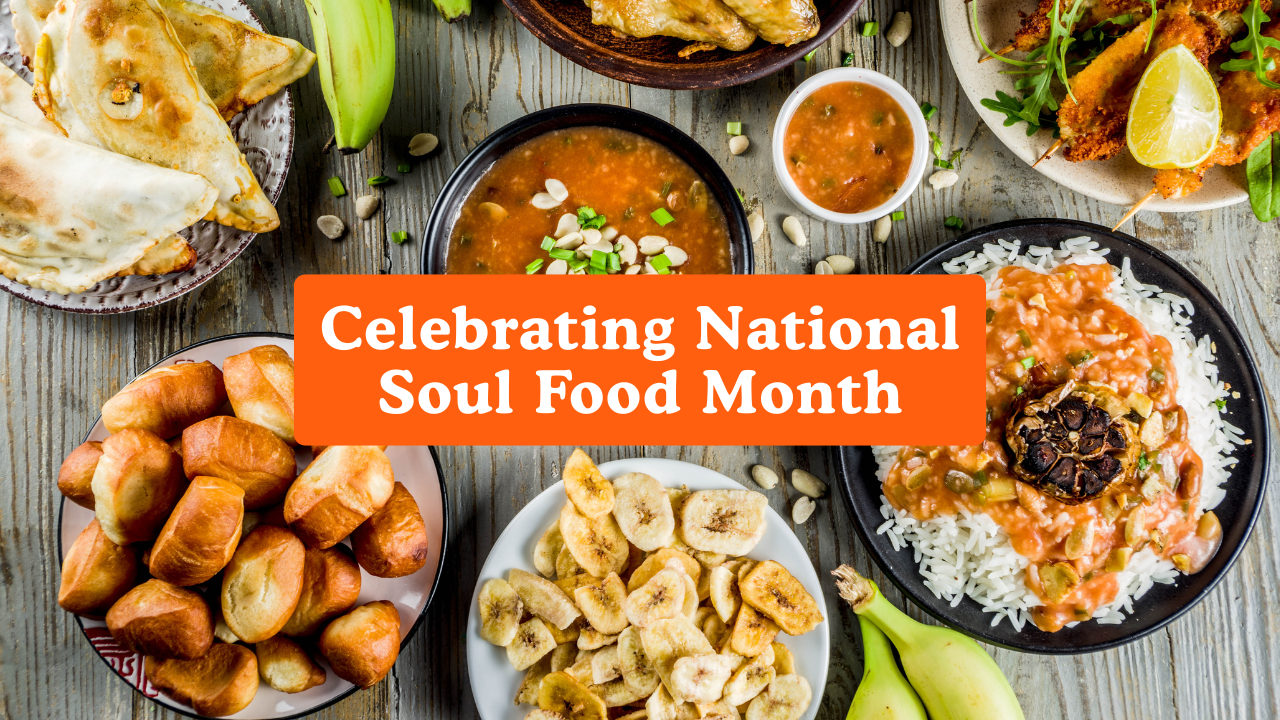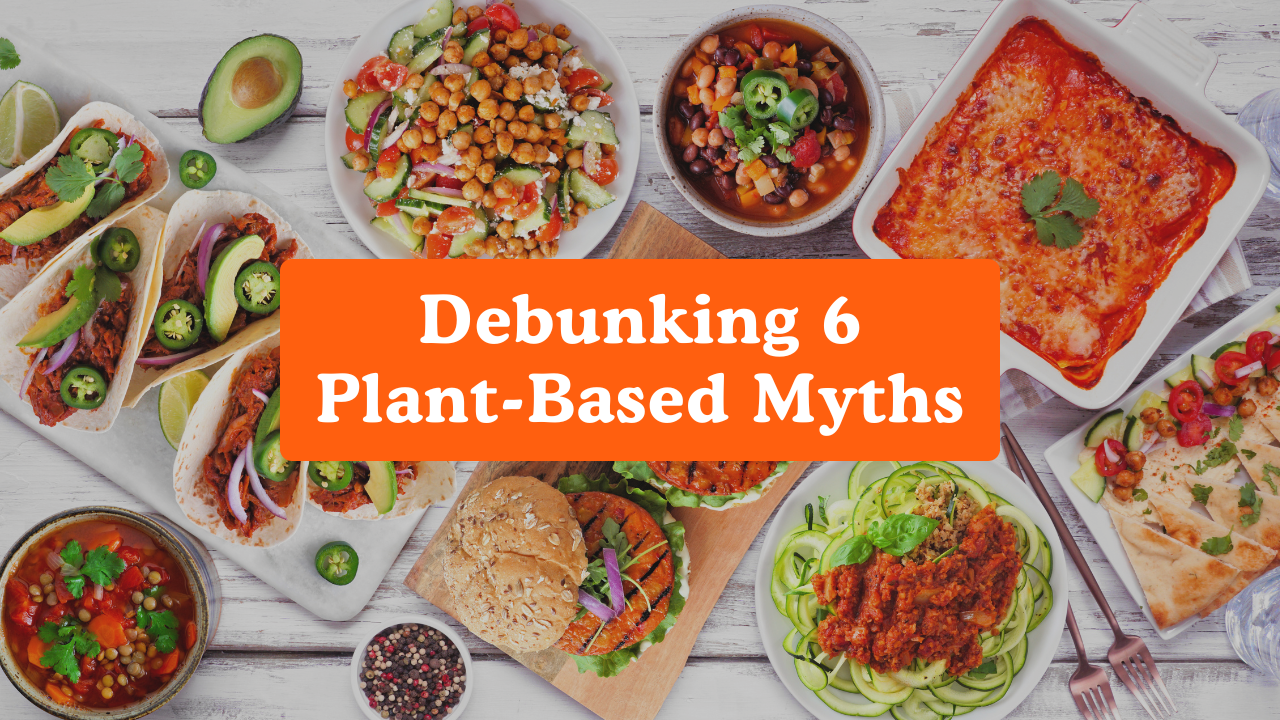I am Dr. Monique, Board-certified Family Physician and Founder of Physician in the Kitchen. With my NEW best-selling cookbook, Doc Fix My Plate! The Physician In The Kitchen’s Prescriptions For Your Healthy Meal Makeover, my other best-selling book, MealMasters: Your Simple Guide to Modern Day Meal Planning, my online course, Vegan-ish: How To Plant-Base Your Pantry and online cooking classes, I help busy households enjoy healthy plant-based eating without impacting their hectic schedules.
Hello MealMasters! People choose to adopt vegan or other lifestyles for a variety of reasons, and they are usually related to improving their health. They may want to eliminate the need for medications to treat their cholesterol or high blood sugar, or maybe they want to lose a few pounds to reach an ideal or preferred weight. By cutting out animal protein, you may notice an improvement in chronic conditions such as joint pain or kidney disease. You may also decrease your risk of developing certain types of cancer. For me, in addition to the known health benefits of a plant-based diet, I truly enjoy experimenting and testing recipes featuring vegetables or other plant-based foods. I also get to create in my “lab” while using my many kitchen gadgets and appliances. This year I am chronicling my journey toward more plant-based meals, and I am sharing with my readers my favorite foods, along with tips and tricks I have discovered along the way.
Today I am continuing my series, Dr. Monique’s Favorite Food ABCs. The foods that are on this list are here because of both their contributions to mouth-watering dishes as well their health benefits. So far we have discussed the following:
- A for avocado
- B for beans
- C for cilantro
- D for dairy replacements
- E for egg substitutes
- F for fresh and frozen fruits and vegetables
- G for ginger and garlic
Next is H for herbs. First, let’s clear up a common area of confusion: what is the difference between herbs and spices? Both add flavor and depth to dishes, and both come from plants. But herbs are the actual leaves of the plant, while spices come from the roots, bark, and seeds. Fresh herbs are so fragrant and elevate any meal so I use them whenever I can. Fresh cilantro, basil, mint, dill, rosemary, tarragon, and thyme are my absolute favorites. Chives, lemongrass, and sage get honorable mentions as well. That being said, my spice rack is full of dried herbs that I certainly use in heavy rotation. Please note: as you can see from the list above, I love cilantro so much it was featured in its own column so I won’t go into much detail about it here.
Given that they are green plants, it should be no surprise that herbs have many health benefits. Let’s review just a few:
- Basil: antioxidant and anti-inflammatory properties, which decrease the risk for chronic diseases such as cancer, heart disease and arthritis; lowers blood pressure, cholesterol and blood glucose; antibacterial; can improve anxiety and depression and decrease the risk for memory loss related to aging.
- Cilantro: antioxidant; full of fiber, Vitamins A, C, K, and B vitamins (including folic acid); and minerals such as potassium, iron, and calcium.
- Dill: antioxidant and anti-inflammatory properties; contains vitamins and minerals; antibacterial properties; contains minerals important for healthy bones, such as calcium, magnesium, and phosphorus
- Mint: antioxidant and anti-inflammatory properties; breath freshener; relieves abdominal pain and irritable bowel syndrome
- Tarragon: antibacterial properties; contains potassium
- Sage: contains antioxidant Vitamins A, C, E, K; contains minerals (magnesium, copper, zinc); may help lower blood sugar
- Lemongrass: helps relieve upset stomach, headache, upper respiratory infection symptoms, improve skin and hair, antibacterial and antioxidant effects
- Chives: prevents cancer, osteoporosis, and memory loss
A quick word about storing your fresh herbs: dirt and moisture can make them wilt quickly. For most herbs, when you bring them home (or clip them from your garden), remove the ties and rinse them in cold water. Wrap them in damp paper towels and refrigerate them in a resealable bag. For basil, trim the stems and place them in 1 inch of water and store them on your countertop, away from direct sunlight. If you grow your own herbs or buy them in large bunches, most of them can be frozen to prevent them from going bad. Dust off those ice trays and place the herbs in each cube section and then drizzle in olive oil. Place in an air-tight bag and freeze for 6 to 9 months.
Keep in mind that dried herbs are more potent than fresh, so a tablespoon of fresh herbs equals 1 teaspoon of dried. Add dried herbs at the beginning of your cooking, and add fresh herbs at the end or after cooking, especially the more fragile herbs such as basil and cilantro.
Below is my recipe for Dr. Monique’s Mango Muddled Mint Mock Mo-garita, a refreshing, colorful drink featuring fresh mint. Get transported to a tropical island while drinking a glass full of nutrition…and of course if you want to make it an “adult” beverage, enjoy responsibly!
Be sure to join me weekly on the Clubhouse app, Mondays at 6 pm EST as I discuss my journey toward more plant-based meals as well as tips and tricks I have learned along the way that may help you as well.
See you in the kitchen!

For more information, be sure to visit me at DrMoniqueMay.com, and join the #MealMastersCommunity at www.Facebook.com/groups/mealmasters today.
Follow me on Instagram at https://www.instagram.com/drmoniquemay and https://www.instagram.com/physicianinthekitchen/ and Facebookat https://www.facebook.com/DrMoniqueMay and https://www.facebook.com/physicianinthekitchen.




